Editor’s note: This article was written by Leon Baker of the US Border Patrol, El Paso Sector. It originally appeared in the International Police Mountain Bike Association newsletter, and has been republished here by permission.
Mosquitoes buzz in my ears, seemingly immune to the gallons of toxic DEET sprayed over every inch of me. They probably think of it as salsa, just there to spice up their meal. I can’t move; the prey is too close. My partner, Jorge, and I are laying-in for what we think may be a narcotics load, our olive-drab Specialized Hardrock bikes perfectly camouflaged in the cotton field.
We can see them now, carrying large duffle bags, silhouetted by the distant lights of El Paso. We are close enough to hear them talking excitedly as one of them asks if there is water in the ditch. My heart is pumping like a racehorse. I glance at my partner and he is intensely focused on them, no doubt calculating his move, like I am. The four males descend into the overgrown ditch, crushing the dry weeds and making way too much noise.
Once we lose sight of the last one in the brush, we make our move. We run at them with flashlights and weapons drawn, not really knowing what these desperate men are capable of doing. Fortunately, the element of surprise is on our side and they freeze in our lights. We extricate them from the eight-foot ditch and find four black duffle bags, each holding 45 pounds of marijuana. This one went well; another seizure for America’s first line of defense – the U.S. Border Patrol – as 180 pounds of marijuana are taken off the streets along with four bad guys who won’t be doing that again anytime soon.
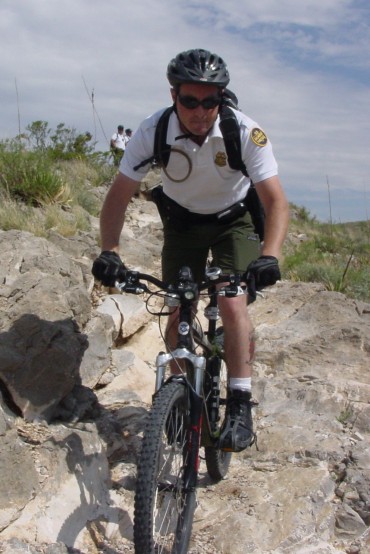
The Border Patrol began using mountain bikes in 1992 as a means of patrolling the U.S./Mexico border in Imperial Beach, California. After their resounding success, many other Border Patrol Sectors followed suit. The Ysleta (EEslet-uh) Border Patrol Station in El Paso, Texas, started their bike patrol in 1996 with just a handful of agents. Today, the Ysleta Station has 18 bike agents and one supervisor.
The station has a total of 35 bikes: 25 Specialized Hardrock Comp Disc bikes painted olive drab and black, and 10 black Trek Police model bikes, plus all the tools to maintain them. The bikes and bikers take a real beating, riding in very harsh conditions that would destroy a normal bike, not to mention the rider. The 2.5 inch tires carry the bike and rider over the soft sand and so-called “moon dust”; unlike the normal 1.75 inch tires, which cut deep and send the rider off to the side and often into his partner.
During a normal shift the Ysleta bikers patrol the areas next to the Rio Grande River, the natural international boundary between the United States and Mexico and a thin, fragile line only a foot deep and 10 feet wide. The Border Patrol is America’s front line, and the Bike Patrol is part of that defense, acting as a highly effective tactical team designed to keep violent criminals from infiltrating society, often selflessly stepping into harm’s way to protect the interests and people of the United States. We start out at the station, usually on evening shift. After a brief muster, we transport out to “the line.” We pedal all the dark areas of the Colonias – low income neighborhoods near the border – looking for any sign of illegal alien activity, letting radio chatter and other indicators guide our search.
Once an illegal entry has been discovered, the bikers fan out and “leap-frog” the sign. This calls for one agent to follow the footprints, or sign, from the beginning and the rest to move ahead, following sections of the trail until the group is found. It is an ancient, yet still efficient, locator system that was utilized for centuries before the Border Patrol was created in 1924.
In the Ysleta Station’s area, this can take minutes or hours. In other areas, days can be spent tracking the aliens, ending at times in the rescue of illegal aliens. Many nights are spent lying in ditches, waiting hours on end for illegal aliens who may or may not be waiting to cross. Patience is their virtue as well.
Some nights we walk the riverbank, listening for voices, careful not to give up our location. Some nights are spent pedaling residential areas, providing much-needed public relations by talking to residents about illegal activity. Residents frequently comment, “I didn’t know Border Patrol uses bikes!”
We do use bikes. As a matter of fact, the Bike Patrol in Ysleta is responsible for 25% of apprehensions while using just 5% of agents. Many of the other stations have similar statistics. In the El Paso Sector there are three bike patrol units: Fabens Station, Ysleta Station, and El Paso Station. The Santa Teresa Station will soon be starting a bicycle patrol. Many more Border Patrol stations are beginning to realize the economic and operational advantages of having a bike patrol.
I have been on the Ysleta Station Bike Patrol since 1999, and sometimes it has seemed like the bike movement was losing momentum. I watched as stations disbanded their patrols in favor of other operational initiatives, but now it seems to be on the rebound. The Border Patrol is better for it.
As of 2009, Senior Patrol Agent Leon Baker had been in the Border Patrol since 1998 and a member of the Ysleta Station Bike Patrol in El Paso, Texas, since 1999. He has been a Border Patrol Bike Instructor since 2002 and an IPMBA Instructor (#896) since 2005. In 2009 he was a Border Patrol Bike Instructor Trainer, FTO, and FTO Instructor.

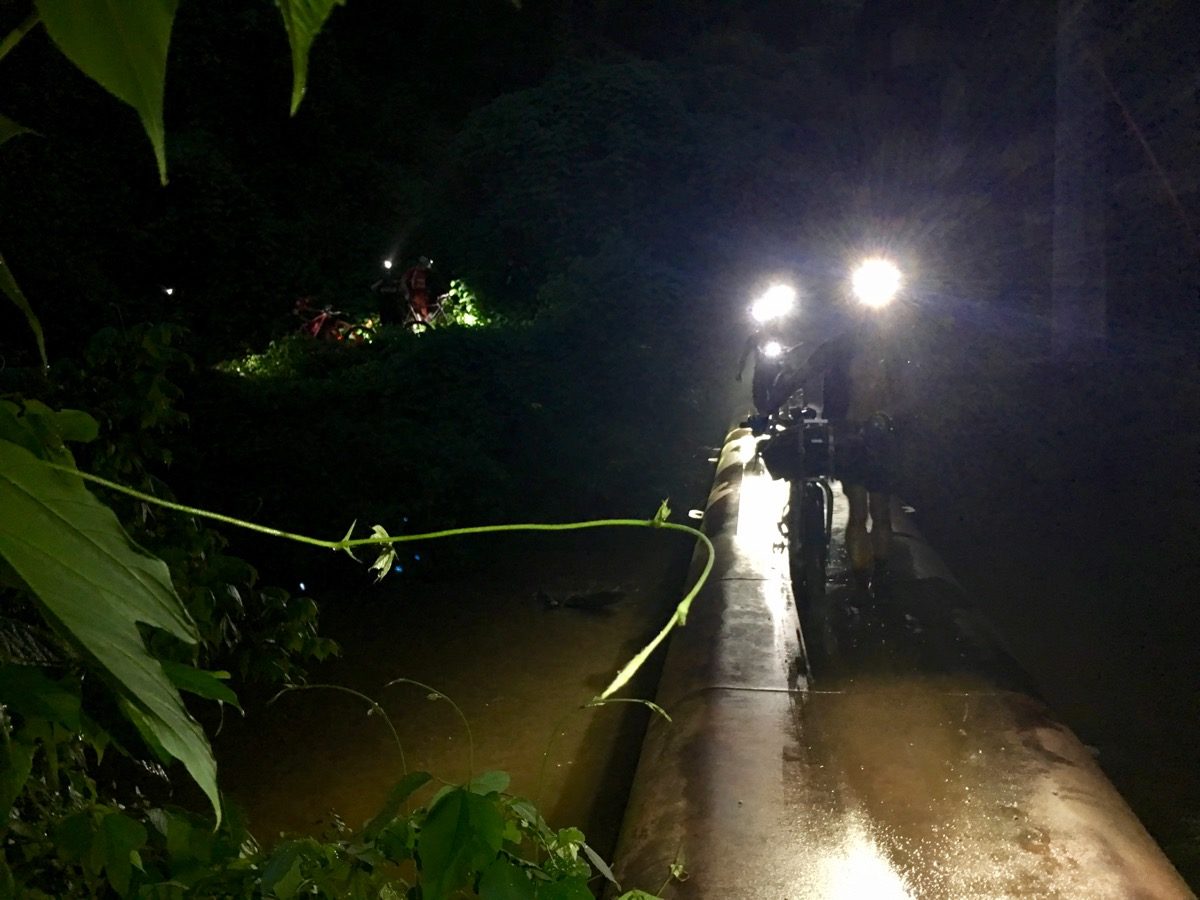


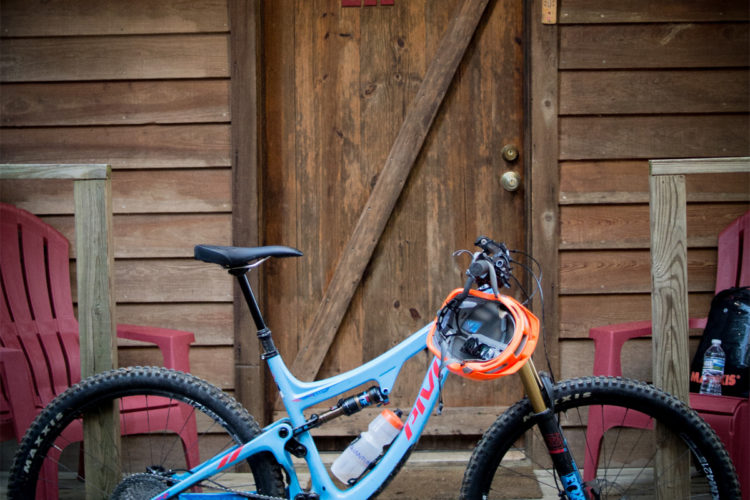

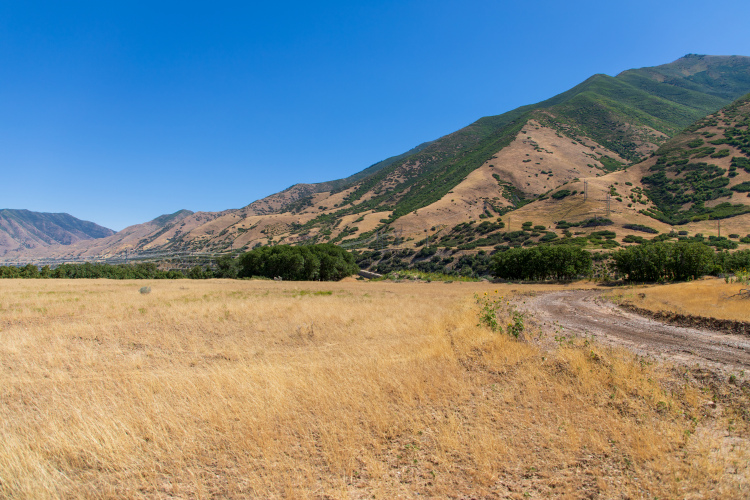
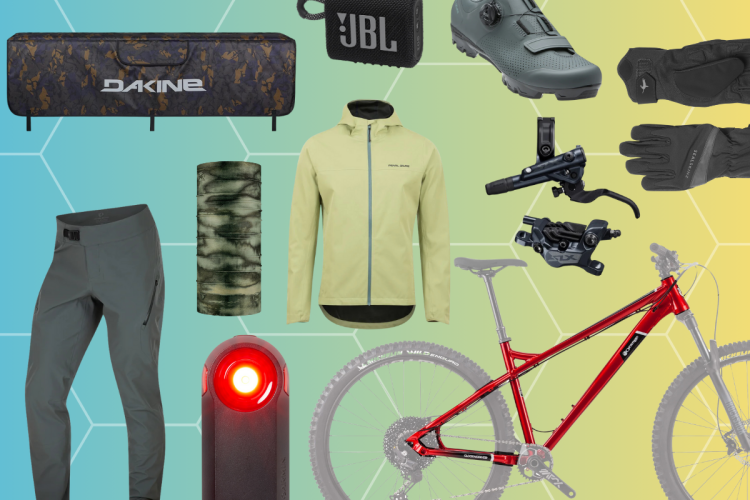
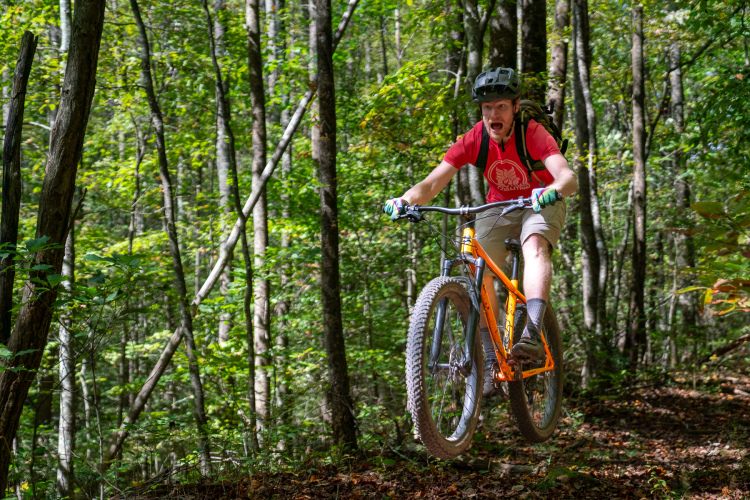


0 Comments